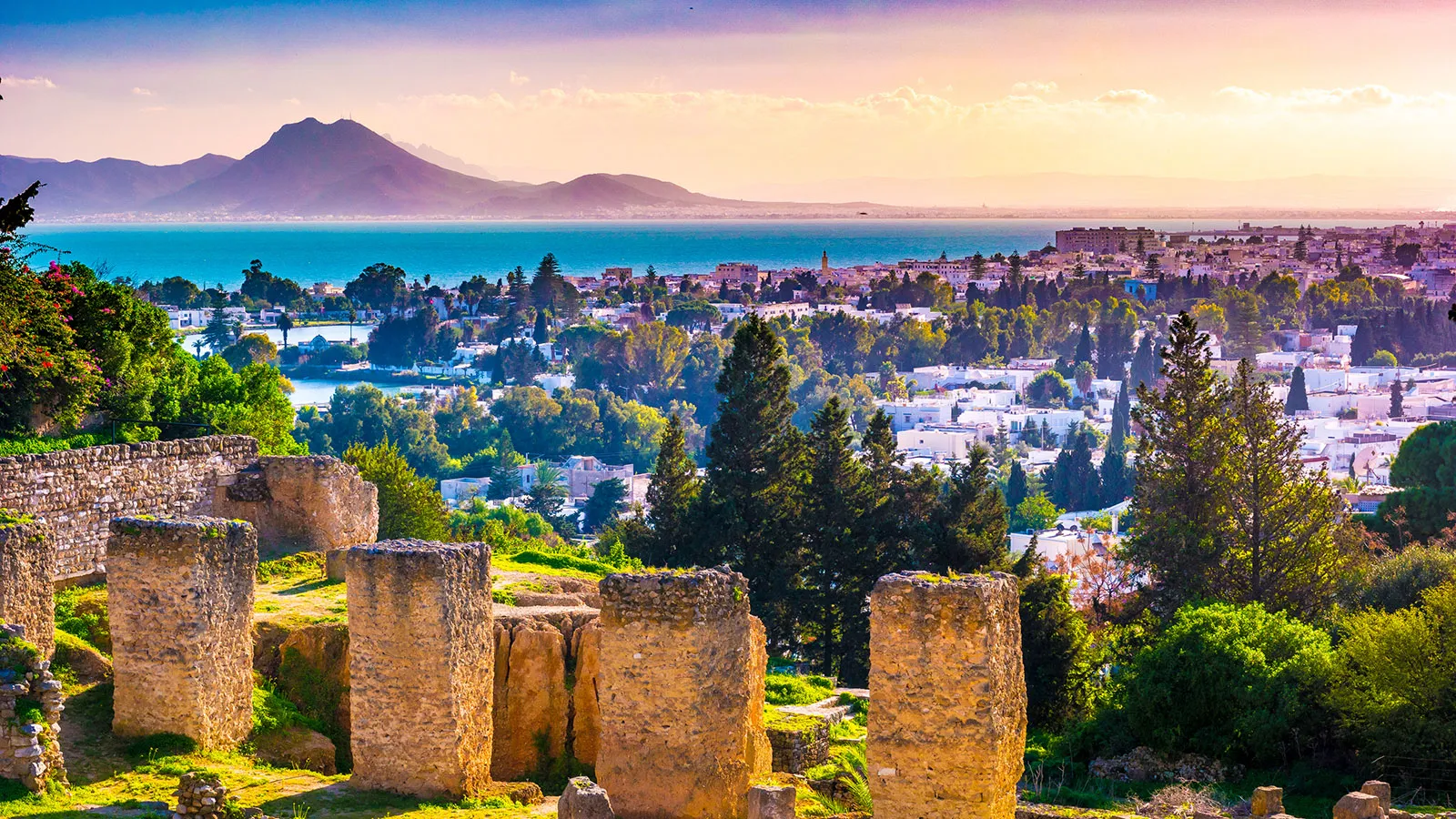How one of the greatest empires in history, Carthage, came to be

Carthage’s rise, often eclipsed by its tragic fall during the Punic Wars against Rome, unfolds as a tale of strategic brilliance and adaptability. Founded in modern-day Tunisia, the city strategically positioned itself at the nexus of vital trade routes, blending resourcefulness with legend in its establishment. The decline of Tyre provided Carthage with a chance to assert regional dominance, evolving from a humble trade settlement to a powerful force challenging local rivals and Greek competitors. Carthage’s governance, a sophisticated mix of oligarchy and local autonomy, fostered a unique political structure. Its diverse economy thrived on advanced agriculture and far-reaching trade networks, reaching West Africa and Persia.


Rooted in Phoenician influences, Carthaginian culture showcased remarkable religious practices and architectural marvels, reflecting a cosmopolitan blend of global interactions. Military prowess became Carthage’s hallmark, with a formidable navy and renowned mercenary forces, including war elephants. As its influence expanded across North Africa, southern Spain, and Mediterranean islands, Carthage’s rise symbolized not only historical evolution but also the resilience and dynamism of ancient civilizations. Beyond the shadows of its ultimate demise, Carthage’s ascent remains a testament to the intricate interplay of cultures on the stage of antiquity.